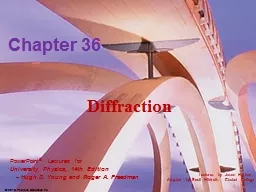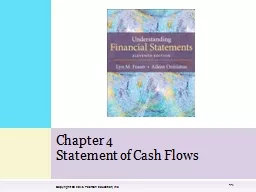PPT-Diffraction Chapter 36 © 2016 Pearson Education Inc.
Author : cheryl-pisano | Published Date : 2018-10-09
Learning Goals for Chapter 36 Diffraction vs Interference Singleslit vs Multipleslit diffraction Calculating intensity at points in singleslit pattern X ray
Presentation Embed Code
Download Presentation
Download Presentation The PPT/PDF document "Diffraction Chapter 36 © 2016 Pearson E..." is the property of its rightful owner. Permission is granted to download and print the materials on this website for personal, non-commercial use only, and to display it on your personal computer provided you do not modify the materials and that you retain all copyright notices contained in the materials. By downloading content from our website, you accept the terms of this agreement.
Diffraction Chapter 36 © 2016 Pearson Education Inc.: Transcript
Download Rules Of Document
"Diffraction Chapter 36 © 2016 Pearson Education Inc."The content belongs to its owner. You may download and print it for personal use, without modification, and keep all copyright notices. By downloading, you agree to these terms.
Related Documents














